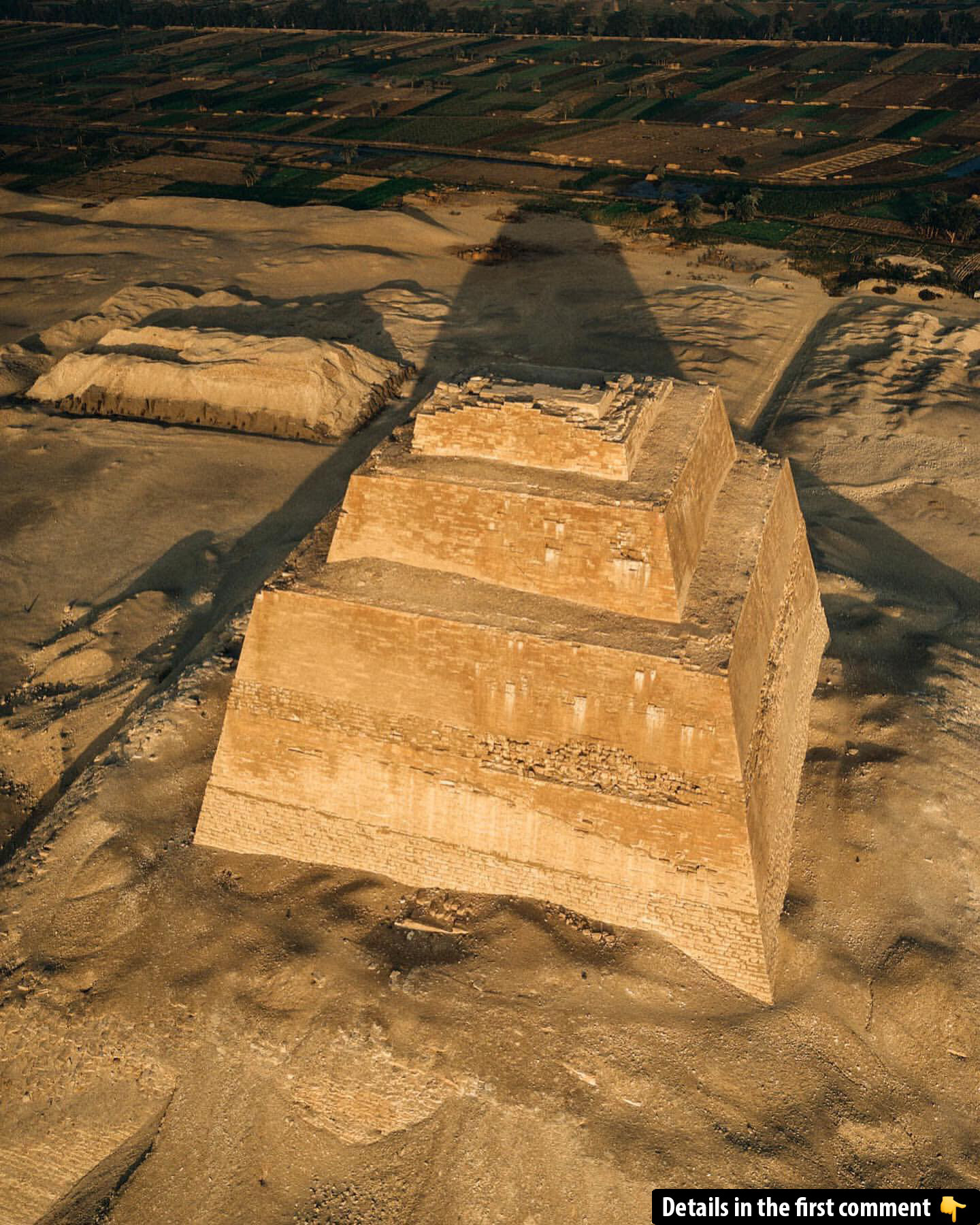The Meidum Pyramid, often overlooked in Egypt’s vast array of ancient monuments, holds a fascinating tale of ambition and miscalculation. Built for Pharaoh Huni, its design flaws led to a collapse that would leave only the core standing. Despite its dilapidated appearance, the Meidum Pyramid marks a crucial turning point in pyramid construction, shedding light on both ancient engineering marvels and their inevitable failures. This once grand structure now stands as a silent witness to the trials of architectural evolution in ancient Egypt.
A Brief History of the Meidum Pyramid
The story of the Meidum Pyramid begins with Pharaoh Huni, the last ruler of Egypt’s Third Dynasty. Originally, Huni sought to build a step pyramid, much like the one constructed under Pharaoh Djoser at Saqqara. However, his successor, Pharaoh Sneferu, is the figure most closely associated with the pyramid’s construction. After Huni’s death, Sneferu inherited the project and continued to build the pyramid, making significant design changes as construction progressed.
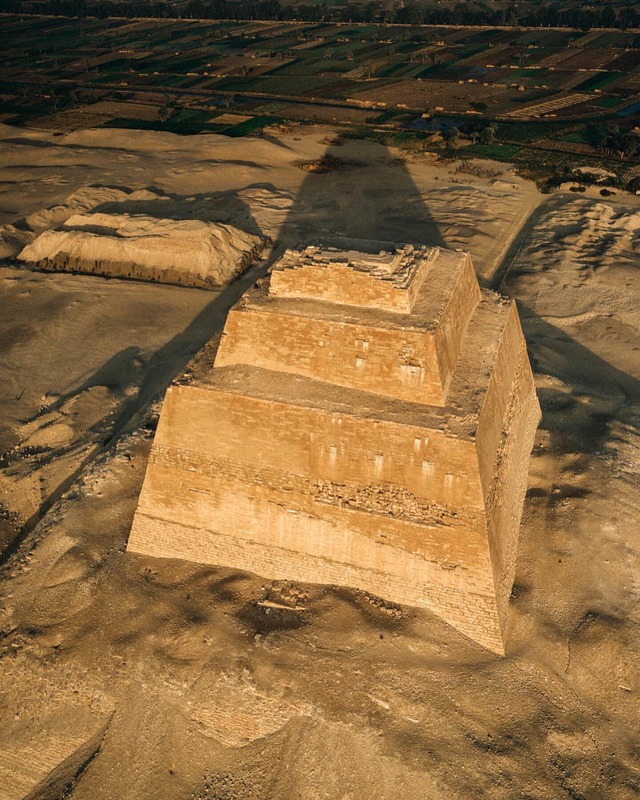
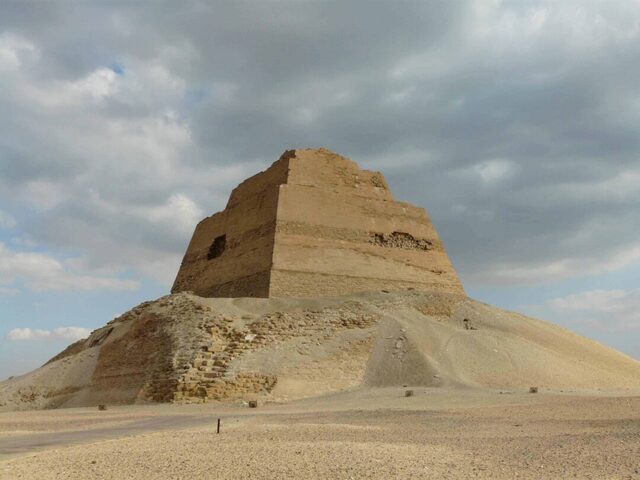
What sets the Meidum Pyramid apart from other pyramids of its time is its unique design evolution. Initially intended as a step pyramid, the design was altered midway through construction, ultimately resulting in a “true” pyramid form. However, these changes, made after the initial construction began, were not well thought out. The shift from a step pyramid to a smooth-sided pyramid led to one of the most significant engineering failures in the history of ancient Egypt.
Video
Check out the video on the hidden marvel inside the 3-in-1 Medium Pyramid – it’s a fascinating exploration of an ancient wonder!
The Design Flaw: A Fatal Error in Pyramid Engineering
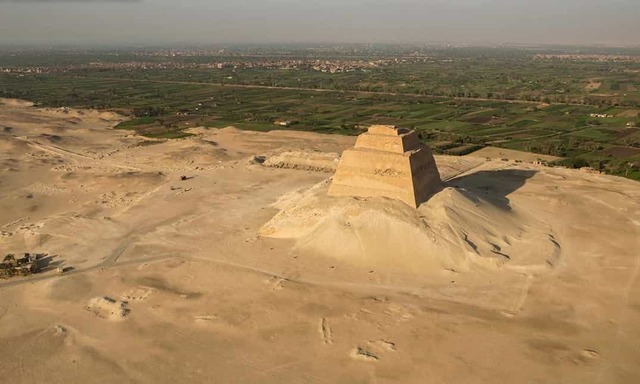
The Meidum Pyramid was originally conceived as a step pyramid. However, as construction continued, the design was modified, and the pyramid was transformed into a “true” pyramid with smooth sides. While this shift in design was an ambitious step forward in pyramid construction, it introduced critical flaws in the structure’s foundation.
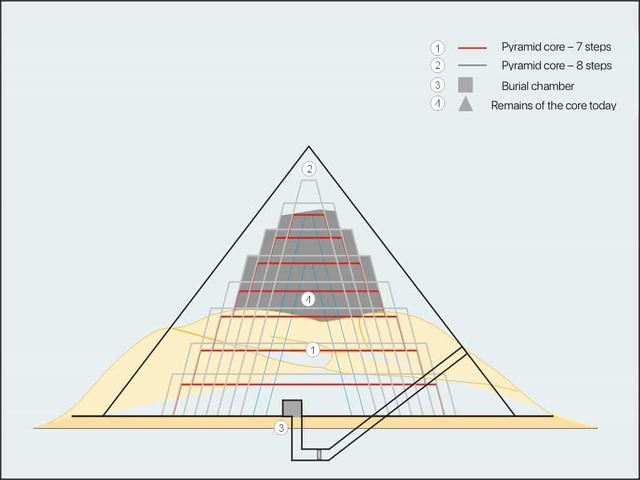
The most glaring problem was the pyramid’s base, which was constructed on sand rather than on a solid bedrock foundation. Sand is not a stable material for such monumental construction, and this poor choice of base material led to instability. As the pyramid’s massive stones were placed on top, the pressure caused the lower layers to shift, leading to a gradual failure of the structure.
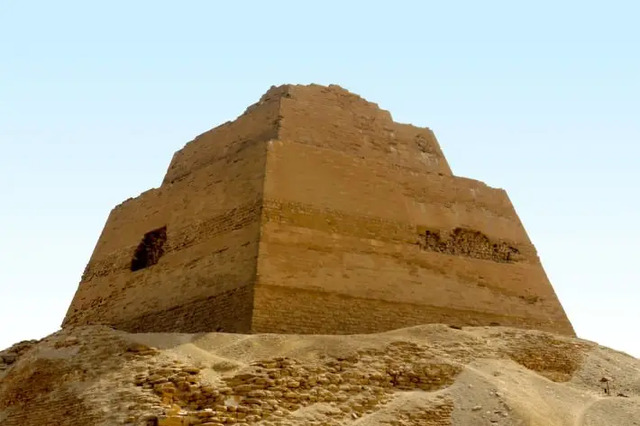
As time passed, the pyramid’s outer layers collapsed, eventually leaving only the inner core standing. This phenomenon was further exacerbated by the natural erosion of the structure, which contributed to the disintegration of the remaining outer layers. Today, visitors to the Meidum Pyramid can only see the 65-meter-high core of what was once a towering 93.5-meter pyramid.
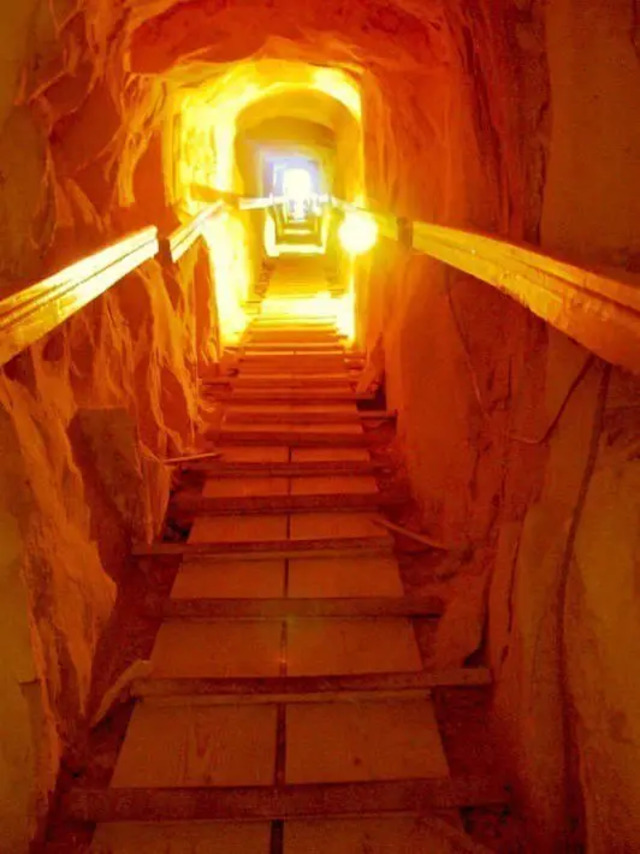
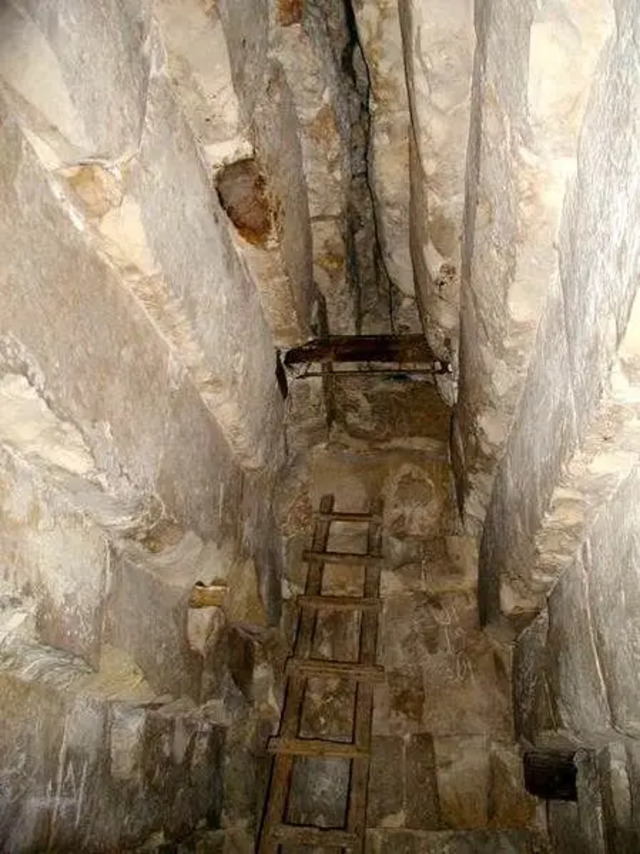
Theories on the Collapse of the Meidum Pyramid
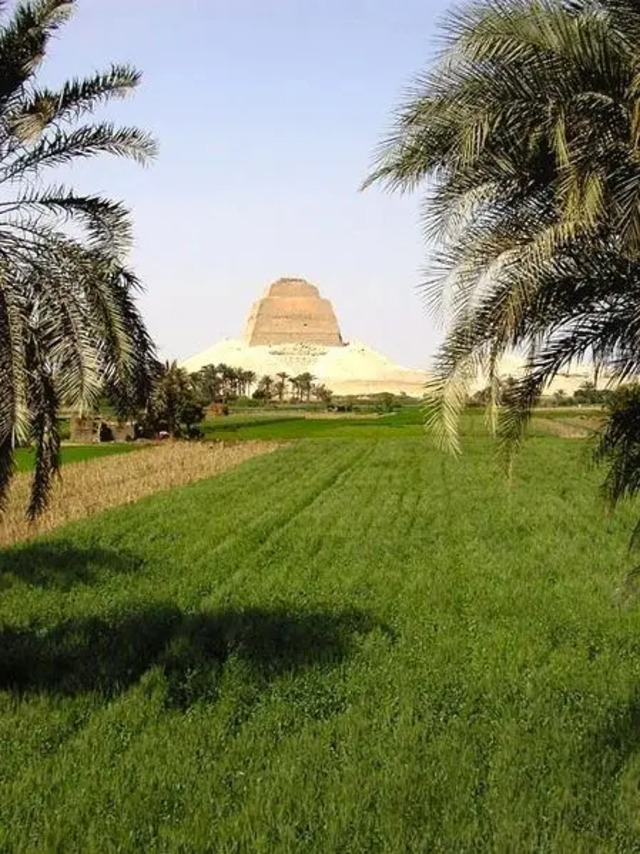
The collapse of the Meidum Pyramid has sparked considerable debate among historians and archaeologists. Some believe that the collapse was due to natural erosion and other environmental factors, while the majority of experts attribute it to the fundamental design flaws.
Many scholars argue that the instability of the base and the poor construction practices led to a gradual weakening of the pyramid, eventually causing a catastrophic collapse. This view is supported by the fact that the pyramid’s outer casing, originally built with smooth stone faces, slipped off due to the insufficient adhesion of the lower layers, revealing the inner core. In essence, the Meidum Pyramid was a victim of its ambitious design and poor execution.
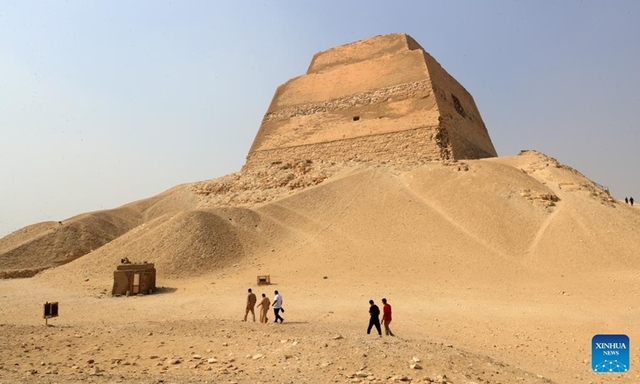
Some historians also suggest that the failure of the Meidum Pyramid had a significant impact on Pharaoh Sneferu’s subsequent pyramid projects. After the collapse of the Meidum Pyramid, Sneferu shifted the design for his next pyramid project, resulting in the creation of the Bent Pyramid at Dahshur. This pyramid features an unusual angle due to the correction of the Meidum Pyramid’s design errors.
Pharaoh Sneferu’s Burial: Where Was He Laid to Rest?
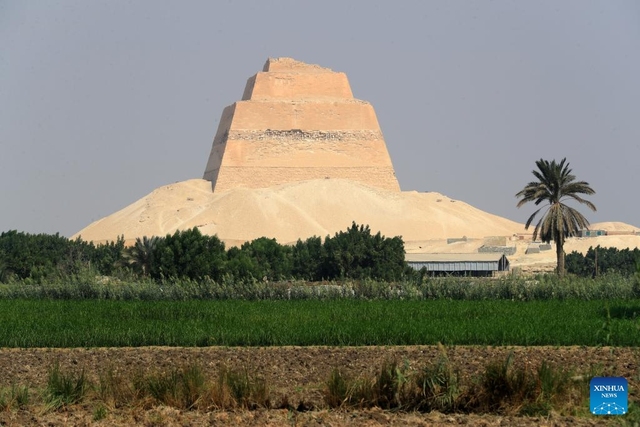
One of the ongoing mysteries surrounding the Meidum Pyramid is whether or not Pharaoh Sneferu was buried in the structure. Despite the pyramid’s collapse, it was believed that Sneferu might have been entombed there. However, no conclusive evidence has been found to suggest that the king was ever buried in the pyramid.
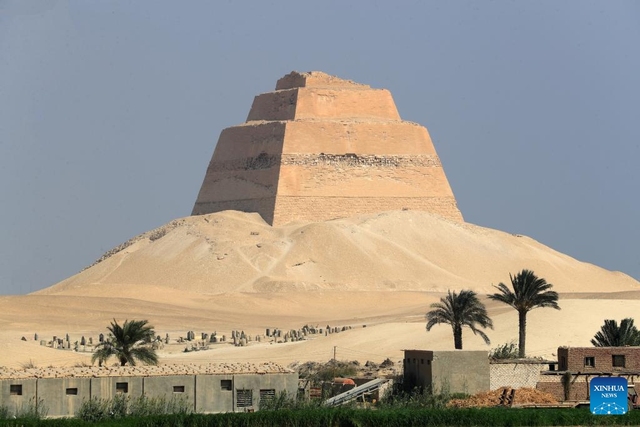
Some scholars propose that Sneferu’s burial might have been moved to another location once the pyramid began to show signs of structural failure. Interestingly, the remains of both Pharaoh Huni and Pharaoh Sneferu have never been found. While it is possible that Huni’s tomb was completed during his reign, the discovery of Sneferu’s final resting place remains a mystery.
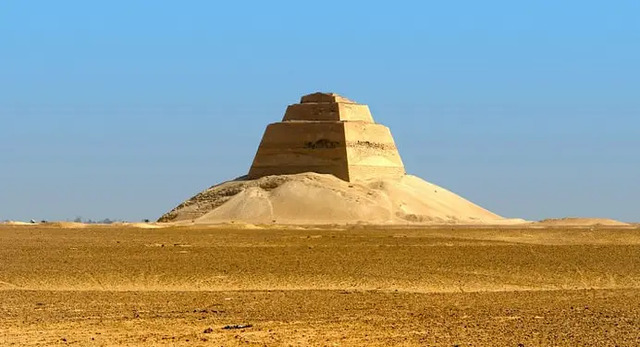
Visiting the Meidum Pyramid Today
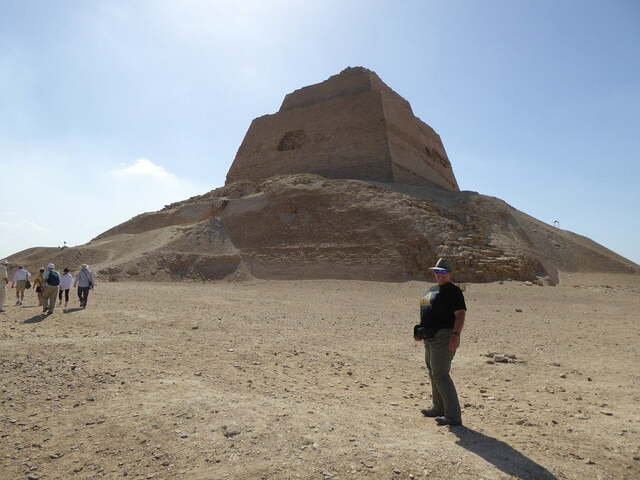
The Meidum Pyramid, though partially collapsed, remains an impressive site for those visiting the Egyptian desert. Unlike the more famous pyramids at Giza, Meidum is often excluded from regular tour packages, which makes it a hidden gem for history enthusiasts. Visitors who venture out to this pyramid will encounter not only the ruins of the pyramid itself but also other structures associated with the site, including a subsidiary pyramid located to the south and a memorial temple on the eastern side.
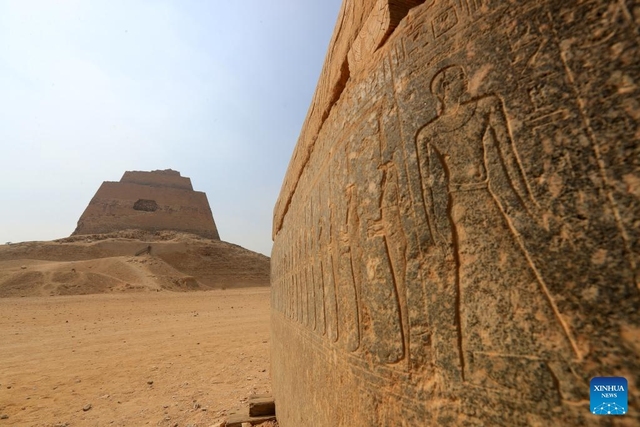
To enter the pyramid, visitors must navigate a “robber’s tunnel” that was created during antiquity. The first part of the tunnel is narrow and steep, but once inside, the chamber opens up into a much larger, more spacious area. This experience offers a rare glimpse into the interior workings of an ancient pyramid, though it’s not for the faint of heart, especially if confined spaces are a concern.
Nearby Attractions: Exploring the Surrounding Area
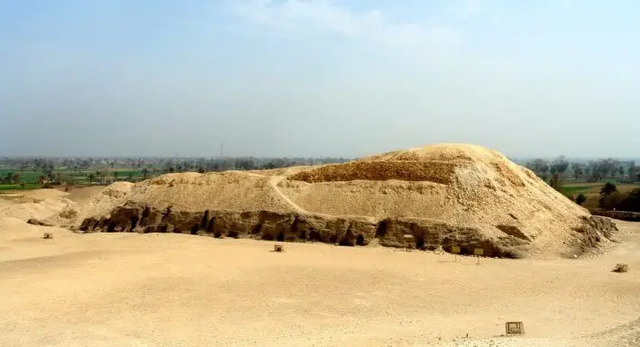
While the Meidum Pyramid itself is a fascinating destination, there are several other notable archaeological sites in the area. One of these is a smaller pyramid located on the southern side of the Meidum complex, positioned between the pyramid and the surrounding enclosure wall. Additionally, nearby attractions include the mastaba of an unknown noble and a temple dedicated to the cult of Pharaoh Sneferu.
For those interested in further exploration, the ancient city of Saqqara is not far away. Saqqara, home to the famous Step Pyramid of Djoser, provides a broader context for understanding the evolution of pyramid construction, linking the Meidum Pyramid to its more famous counterparts in Giza and Dahshur.
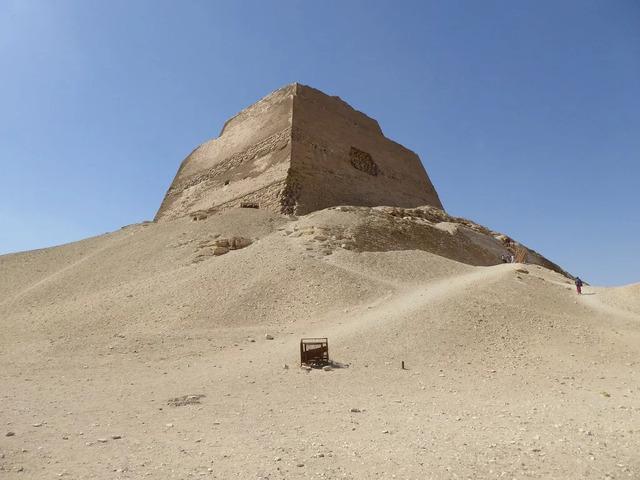
Video
Watch the video to discover why the pyramids are shaped the way they are – it’s an insightful look into ancient design!
Conclusion: The Legacy of the Meidum Pyramid
Despite its incomplete and dilapidated state, the Meidum Pyramid stands as an important marker in the history of pyramid construction. It represents a bold experiment that ultimately led to the perfection of pyramid design seen in later structures, such as the Bent Pyramid and the Great Pyramids of Giza.
The Meidum Pyramid’s story is a reminder of the ambition and experimentation that defined ancient Egyptian architecture. It serves as both a lesson in the challenges of monumental construction and a testament to the perseverance of Egypt’s architects and rulers. While it may not possess the grandeur of some of Egypt’s other pyramids, the Meidum Pyramid remains an invaluable part of Egypt’s architectural legacy, offering a unique insight into the early development of one of the world’s most iconic structures.
In the end, the Meidum Pyramid may have been an engineering failure, but it laid the groundwork for future successes that would leave an indelible mark on the history of architecture.
